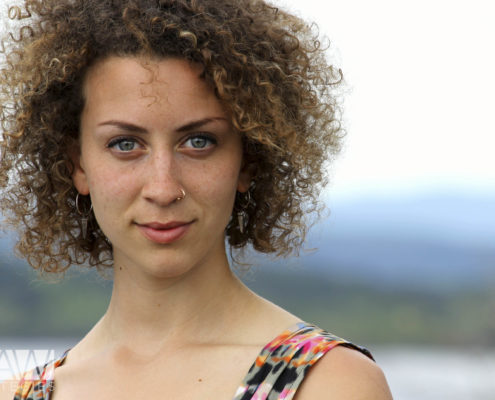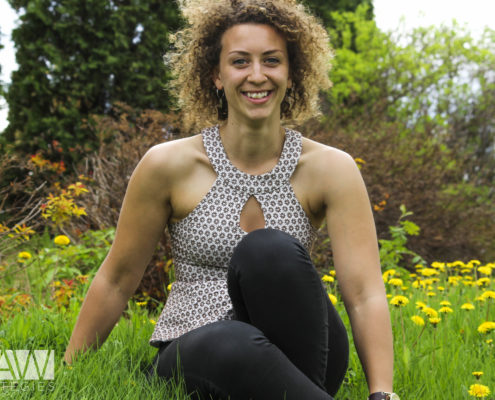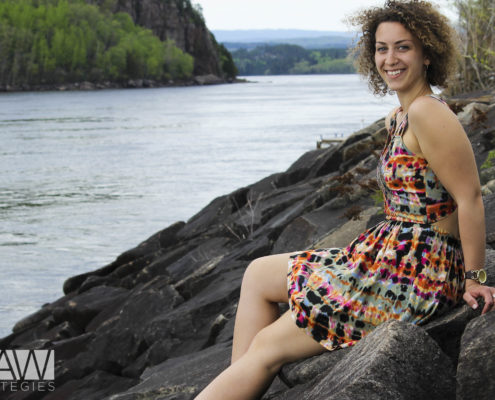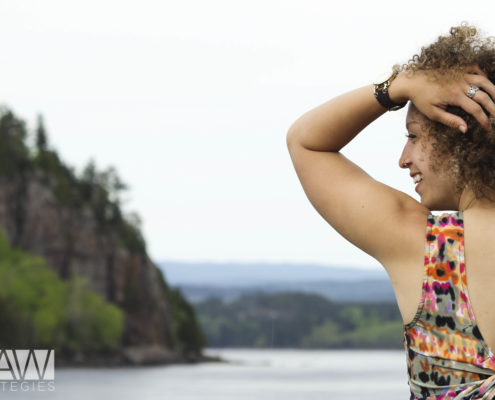My Top 5 Natural Hair Moisturizers

Water!
And that’s just it folks. Sometimes all that those frizzy or crunchy bits need is a little spritz of the sustenance of life. Though it doesn’t necessarily provide a long lasting frizz control solution it works wonders with already pre-moisturized or oiled hair. The water re-vamps the oils already applied and voila you’ve got day-after-a-shower curls without having to re-apply any oils or products. I don’t suggest re-applying oils to crunchy or dry hair anyways because oils primarily should be used after applying water or other moisturizers. Then you get the stringy look going on and it’s no good for anyone involved.
Coconut Oil
If you don’t mind the very thick smell of coconut this is probably the most lasting oil I use in my hair. From my experience coconut oil keeps my hair well oiled for as long as two or three days after initial application. That being said it also depends on what state your hair is in when applying the oil.
My favourite way to apply it is right after a shower with my hair still quite drenched. I usually work it through my hair and then towel dry it until it’s damp enough to let it air dry. I usually will apply a slightly better smelling serum or Argan oil blend to mask the coconut smell. Because coconut oil is a bit of thicker consistency I would suggest working it into your hair with water or when the hair is damp just to dilute the viscous nature of it. Putting the thick oil into dry hair will not give you the hold or desired curls that you want in most cases.
Oil is a great sealant for your scalp but it is much harder to work in when the hair is a few days away from a wash. Now, if you are a few days from a wash and your hair is feeling like dreadlocks and all you have is some coconut oil, just use a spray bottle of water and wet your hair as much as possible without it dripping. Work the water through your hair first and then apply the coconut for hold. From my experience this has been a great fix for when I’m going out and don’t have the time to shower.
Olive Oil
Now if you don’t mind the smell of olive oil around you all the time, I’m going to suggest you get them nostrils checked ASAP. Smell aside, this is another one of my favourite oils to drench my head with for desired smoothness. The only way I have been able to apply olive oil is before a shower. I will usually lightly apply some on my hands and then finger detangle the day’s knots out of my hair, once the hair is finger combed I will literally douse my head in the stuff. Having it drip down your forehead/neck is uncomfortable at first but then you just pick up some toast and use the excess …. oh god, kidding.
If the dripping annoys you I’d suggest covering your head with a plastic cap while you let the oil set. The idea being that you let the olive oil moisturize your hair for about a half hour before a shower. The smoothness afterward is worth the discomfort. TRUST.
Avocado/Avocado Oil
The great thing about avocado oil is that it has a very very faint smell and it’s just as light as olive oil. Applying it to dry hair is always great but I would suggest keeping a small bottle on your person when you go out because the lightness and fluidity of it does not have a terribly long lasting life depending on the dryness of your hair.
I like using avocado oil as a reinforcement oil, just to keep frizz under control when out and about for a day. The downside to avocado oil is that it isn’t easy to get your hands on it in places like Edmonton. The only place to date that I have found some has surprisingly been Costco (so if any of y’all know where else I can get some, comment below).
Avocados themselves work as amazing pre-shower hair masks! If you’re not tempted to eat the mushy green concoction I would suggest adding things like honey to the mixture and leaving it to sit in your hair for at least a half hour prior to a shower. The smoothness afterwards rivals the olive oil treatment.
Serums
Now, as much as this is the Top 5 Hair Moisturizers for Natural Hair sometimes I do use a not-so natural hair serum and it works wonders. I will either use a oil blend serum you can pick up in the hair section of any ol’ pharamacy or drug store or one of the magical hair serums from the Face Shop.
The Face Shop is a Korean beauty store that sells mostly face and skin products but it has a very small collection of hair care products and both serums they sell work wonders on my right-after-a-shower-air-dry-curls.
One of the serums is by a brand called Essence and States it is for more damaged hair, the other is by the Face Shop brand and both “smooth’s and coats” the hair. Personally both serums have worked out remarkably similar for me so I couldn’t suggest one or the other. The consistency of these serums is slightly more viscous than a runny oil don’t let this fool you!
This stuff does get dry pretty quick but I would not suggest applying more once this happens, just spritz or run some water on your hands and through your hair to re-activate the serum. This stuff can go from moisturizing to string-inducing very quickly!

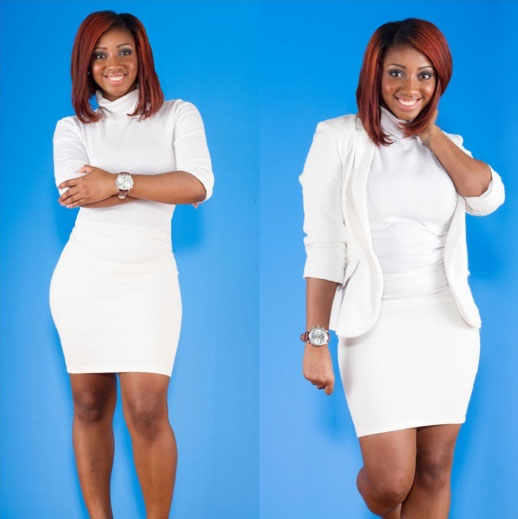





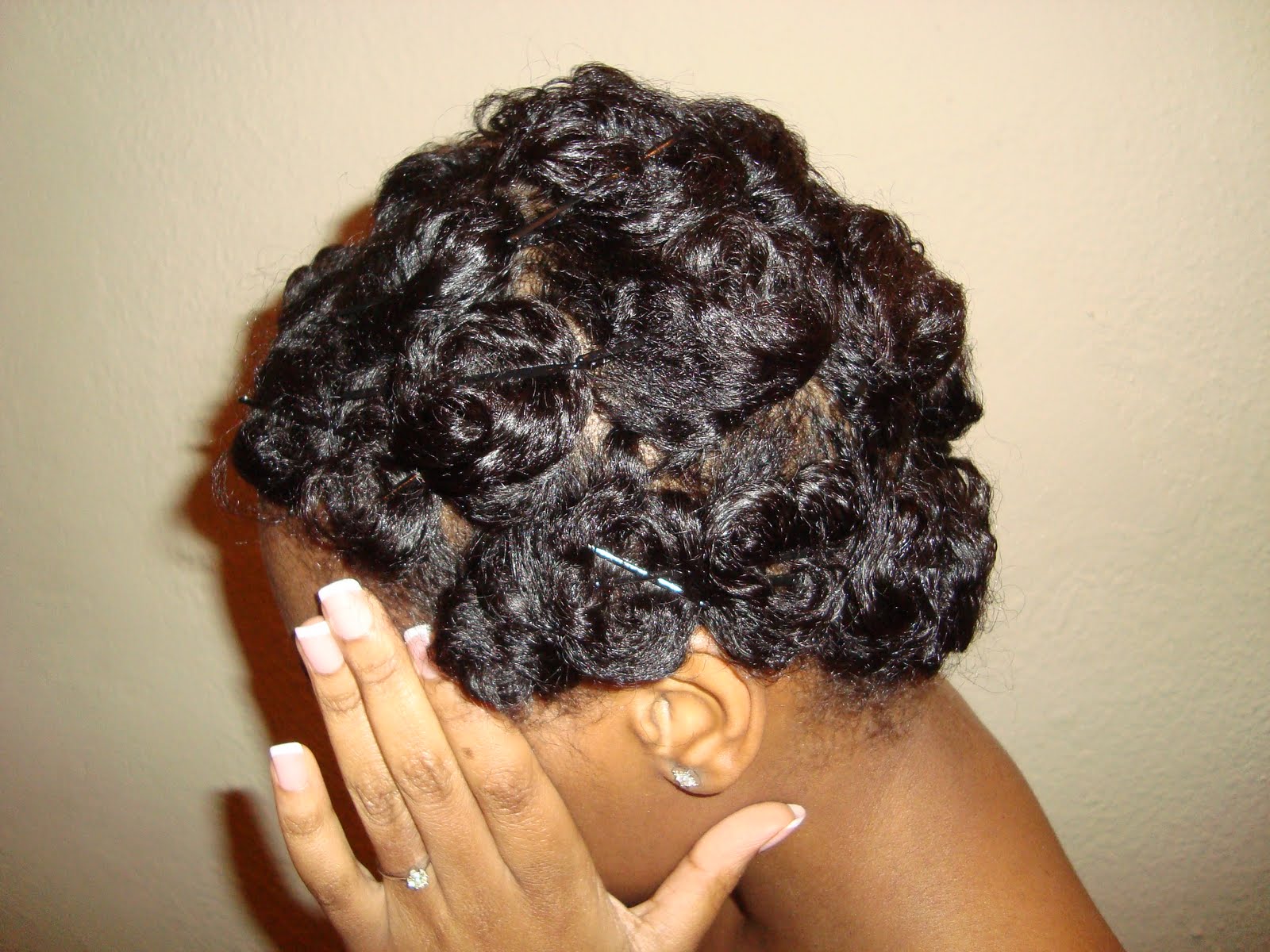
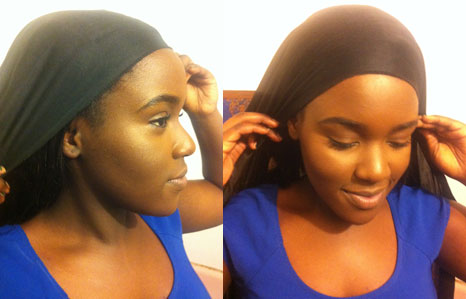
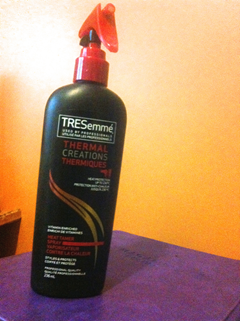
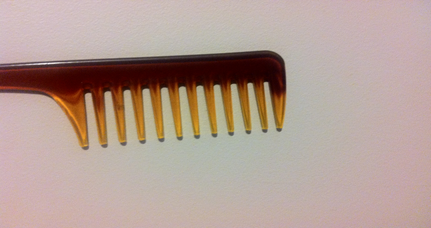
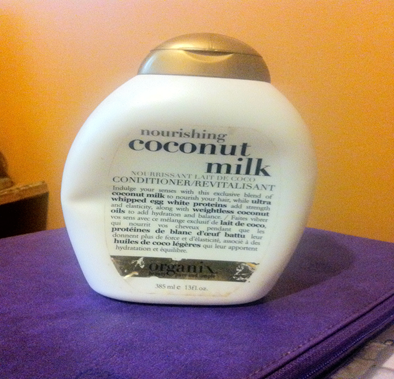 Deep conditioning
Deep conditioning

